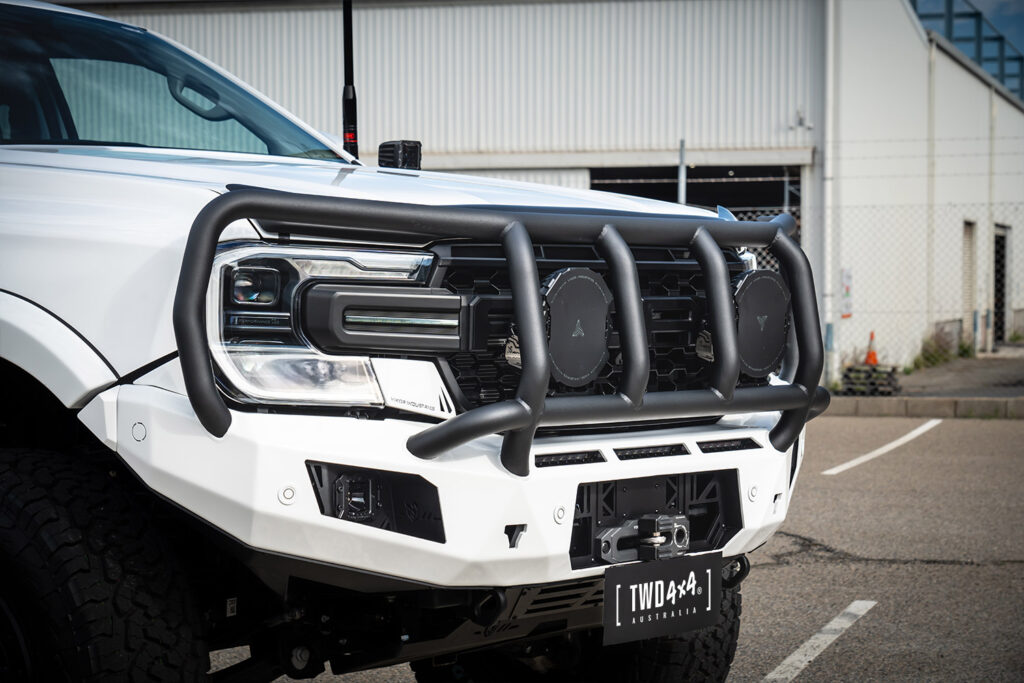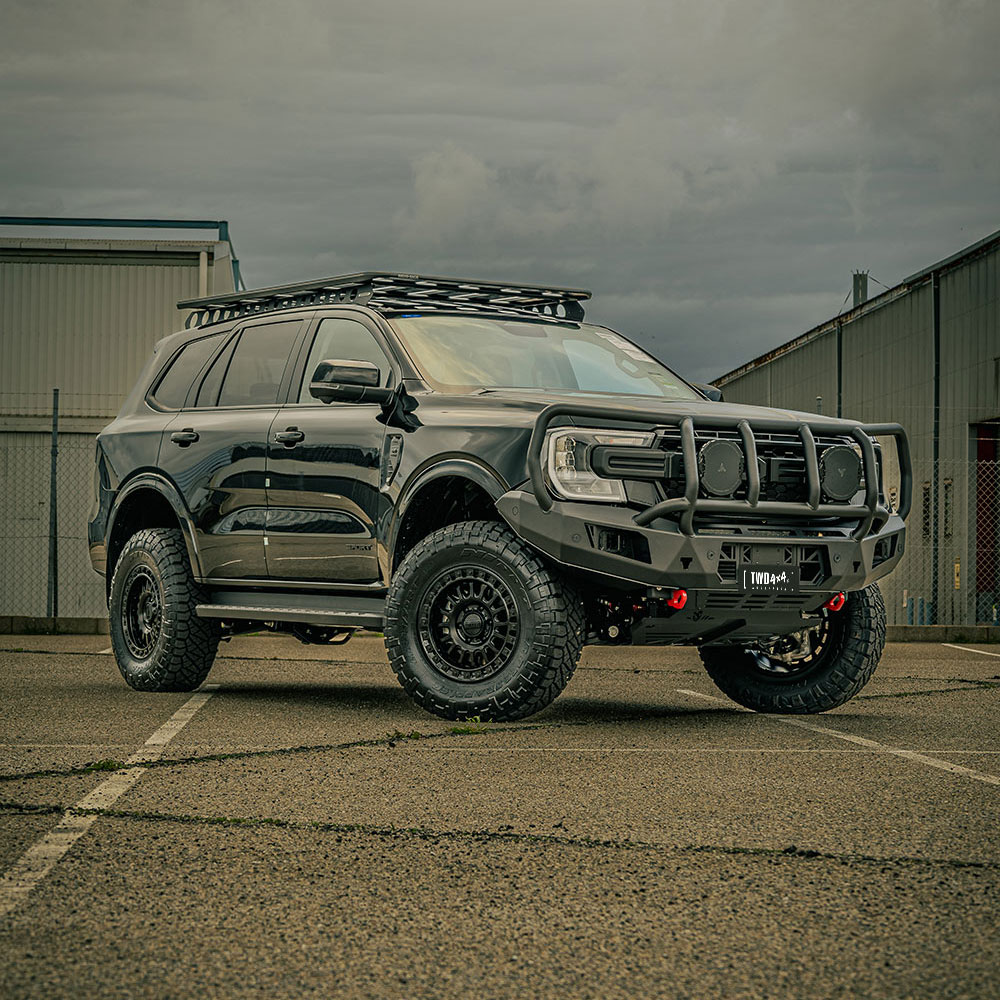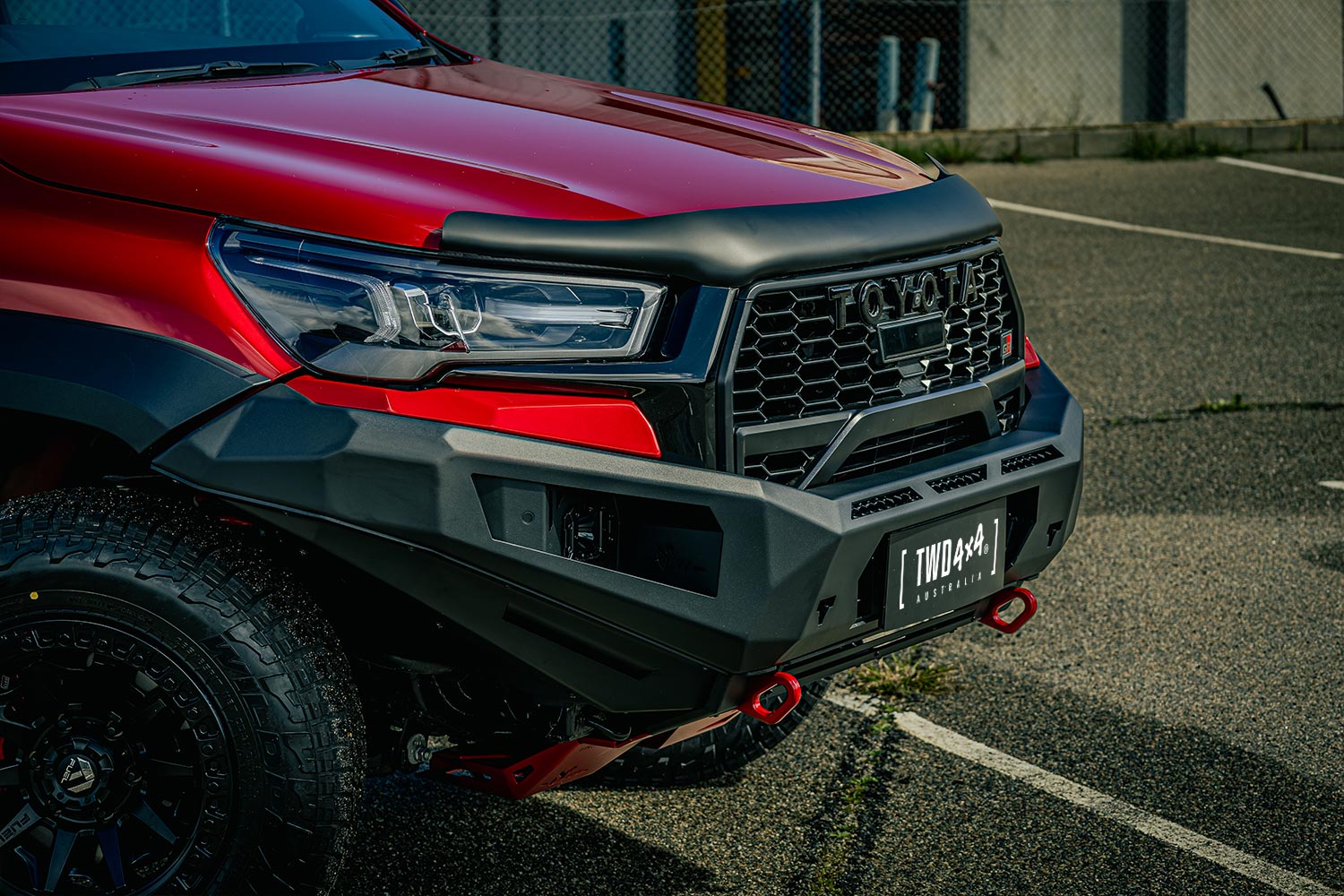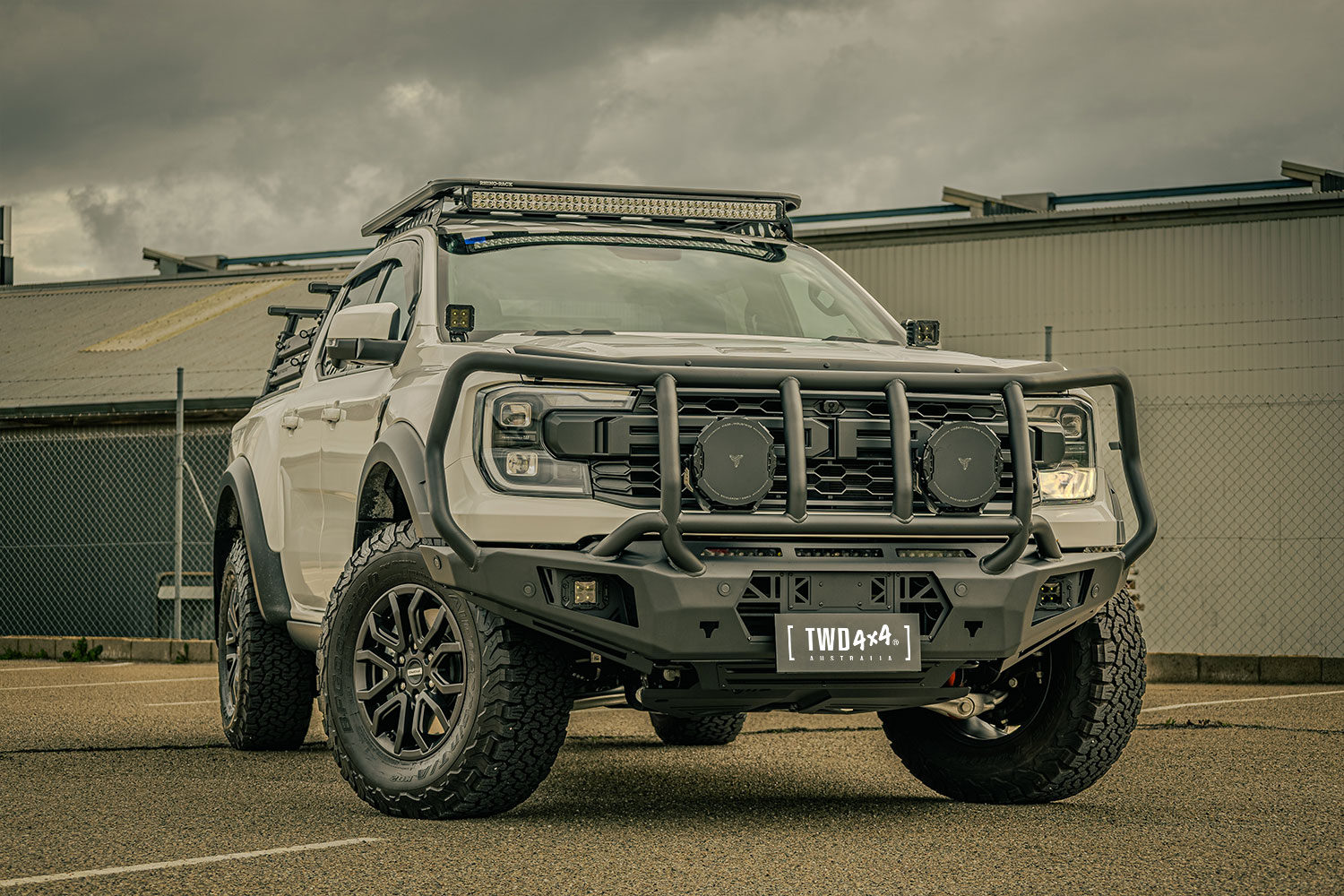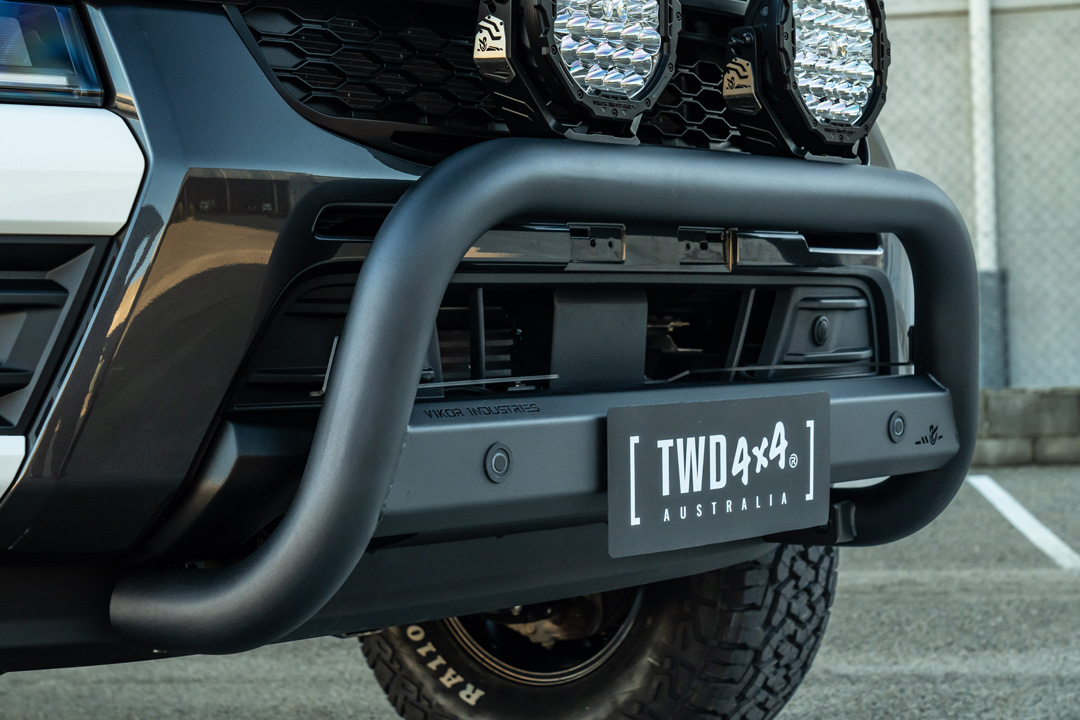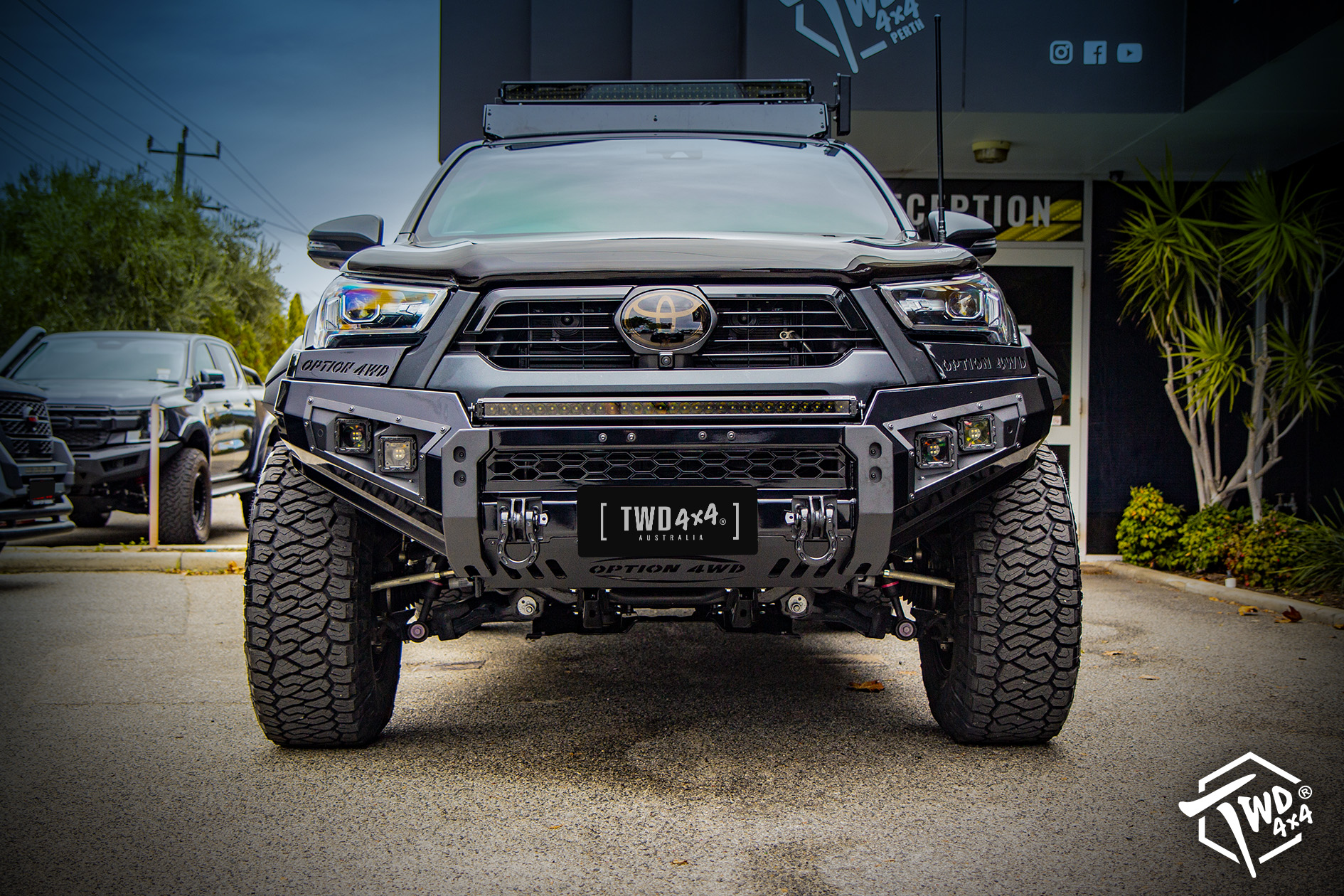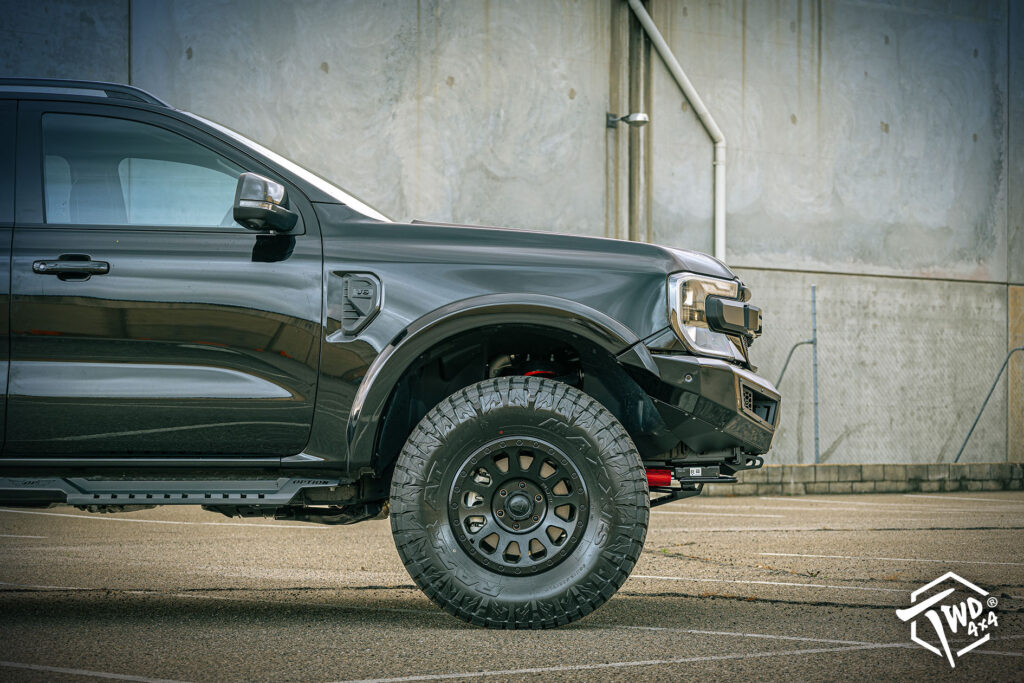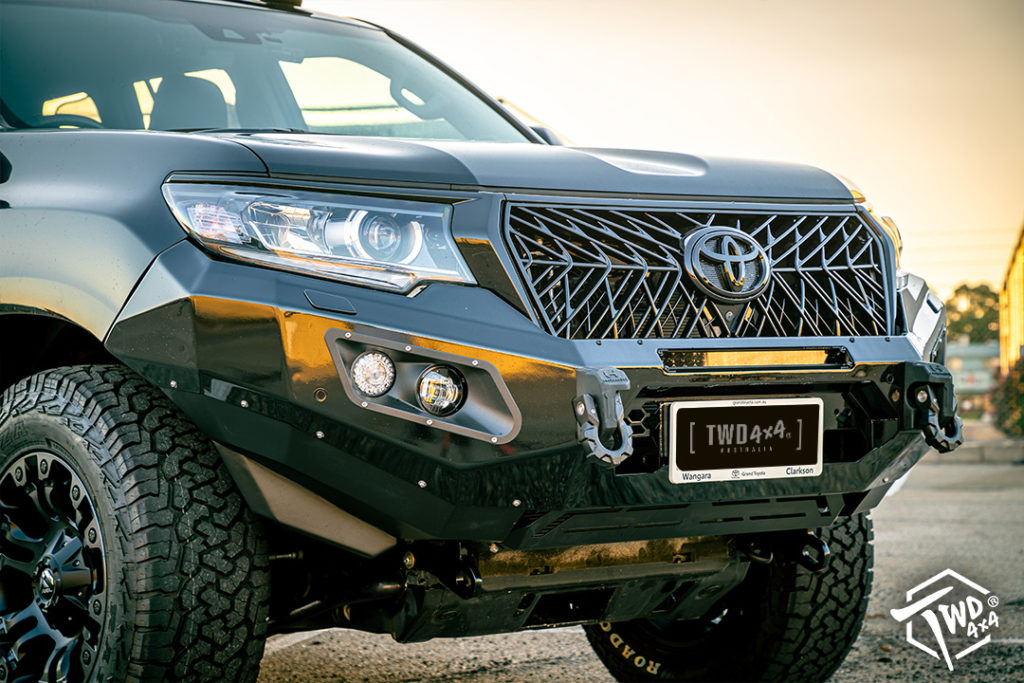A bull bar is a must-have for any 4×4 owner looking to protect their vehicle while tackling tough terrains. Whether you’re an off-road enthusiast or simply want extra protection for your daily drive, a bull bar provides both peace of mind and enhanced vehicle capability. In this in-depth guide, we’ll cover everything you need to know about 4×4 bull bars—exploring their key benefits, the different types available, and how to choose the right one for your setup. We’ll also dive into practical installation tips and the legal considerations you should keep in mind to stay compliant.
What is a Bull Bar?
A bull bar, often referred to as a “Roo Bar” in Australia, is a robust, heavy-duty metal structure mounted to the front of a 4×4 vehicle. It’s specifically designed to provide extra protection to the front end of your vehicle, particularly in harsh off-road environments or rural areas where collisions with wildlife—like kangaroos—are a common risk. Made from tough materials such as steel or aluminium, bull bars act as a defensive barrier, safeguarding critical components like the radiator, headlights, and bumper from serious damage caused by animal strikes, rocks, branches, or other obstacles you may encounter on or off the beaten path.
The functionality of a bull bar doesn’t stop at protection. They also serve as a solid foundation for mounting additional accessories that enhance both your off-road capabilities and safety. Whether you need a winch for vehicle recovery in challenging terrain, powerful spotlights for night driving in low-visibility conditions, or an antenna for improved communication in remote areas, a bull bar provides a secure and stable platform to attach these essential upgrades.
Moreover, bull bars can enhance the overall durability of your 4×4, making it better equipped to handle tough terrains and unpredictable environments. From avid off-roaders who tackle rocky, muddy trails to those who frequently drive through rural highways, a bull bar is an investment in both safety and versatility, allowing you to adventure with confidence.
What are the Benefits of a Bull Bar?
Investing in a bull bar for your 4×4 offers a range of advantages that go beyond just adding a rugged look to your vehicle. From enhanced protection and improved off-road capability to a custom aesthetic appeal, bull bars provide multiple benefits for on & off-road drivers alike. In this section, we’ll explore the key benefits of installing a bull bar on your 4×4, highlighting how they can safeguard your vehicle, enhance your driving experience, and elevate your vehicle’s appearance.
- Protection – The primary benefit of a bull bar is protection. In rural and off-road settings, collisions with animals or obstacles can cause significant damage to a vehicle’s front end. A bull bar absorbs and deflects impact, safeguarding vital components such as the radiator, headlights, and engine.
- Enhanced Off-Road Capability – Bull bars enhance a vehicle’s off-road capability by improving approach angles and providing a solid platform for mounting recovery gear and accessories. This allows for better navigation of rough terrain and more effective vehicle recovery in challenging conditions.
- Aesthetic Appeal – At TWD 4×4, we believe that functionality should not come at the expense of aesthetics. Bull bars can dramatically alter the look of your 4×4, giving it a rugged and aggressive appearance that stands out on and off the road. With various styles and finishes available, you can customise your vehicle to reflect your personal taste.
Is a Steel or Aluminium Bull Bar Better?
Choosing the right bull bar for your 4×4 involves understanding the different materials available, each offering unique advantages and drawbacks. The main types of bull bars are steel, aluminium, and polyethylene, each suited to different driving conditions and needs. In this section, we’ll delve into the specifics of each type, helping you make an informed decision based on your off-road requirements and vehicle performance goals:
- Steel Bull Bars – Steel bull bars are known for their strength and durability. They offer maximum protection and are ideal for extreme off-road conditions. However, they are heavier than other types, which can affect fuel efficiency and vehicle handling.
- Aluminium Bull Bars – Aluminium bull bars provide a balance between strength and weight. They are much lighter than steel bars, which can improve fuel efficiency and handling without sacrificing too much in terms of protection. They are also resistant to rust, making them a good choice for coastal or humid environments. This is why our trusted partners at VIKOR INDUSTRIES have released their Diablo Collection – a range of Aluminium Bull Bars which will be available for most popular 4x4s.
- Polyethylene Bull Bars – Polyethylene bull bars are a newer option made from high-density plastic. They are lightweight and offer good impact absorption, making them suitable for minor collisions. However, they may not provide the same level of protection as steel or aluminium bull bars in severe impacts. We do not recommend them.
What type of Bull Bar Can Pick For Your 4WD?
Bull bars come in various styles, each designed to meet specific needs and preferences. Understanding the different types can help you choose the right bull bar for your 4×4, ensuring you get the protection and functionality you require. Bull bars can be categorised by their shapes and the materials used in their construction. In this section, we’ll explore the different shapes and styles of bull bars available, highlighting their unique features and benefits.
Whether you’re looking for maximum protection on rugged trails or a stylish addition to your vehicle for light off-road use, there’s a bull bar to suit every requirement. Here’s an overview of each type:
- Triple Hoop: These are the heaviest and most protective bull bars are full guard, making them ideal for routes prone to collisions. Their robust design offers maximum front-end protection.
- Single Hoop: The single hoop bar strikes a balance between front-end performance and weight protection, featuring one brace on the grille to safeguard the car’s radiator. Such as the VIKOR INDUSTRIES Diablo (Pre-Runner) Bull Bar.
- Nudge Bar: Although not considered a “Bull Bar”, nudge bars are designed for minor impacts, such as navigating through foliage and debris. While they provide minimal collision protection, they are often chosen for their aesthetic appeal rather than functionality. Such as the VIKOR INDUSTRIES Nudge Bar.
- Baja Bar: Similar to a bumper bar, the Baja bar offers additional chassis reinforcement and can be used with a winch. These bars are intended for off-road racing and are not suitable for use on public roads.
Legal Considerations For Bull Bars in Australia
When selecting a bull bar for your 4×4, it’s crucial to ensure that it meets the legal requirements in Australia. Adhering to these regulations not only ensures your safety but also helps avoid potential legal issues. The two primary legal considerations are compliance with the Australian Design Rules (ADR) and compatibility with your vehicle’s airbag system. Understanding these requirements will help you choose a bull bar that is both safe and legal for use on Australian roads:
- ADR Compliance – In Australia, bull bars must comply with the Australian Design Rules (ADR). These regulations ensure that bull bars do not compromise the safety of the vehicle’s occupants or other road users. It is essential to choose a bull bar that is ADR compliant to avoid legal issues and ensure maximum safety.
- Airbag Compatibility – Modern vehicles are equipped with airbags that are crucial for occupant safety during collisions. Bull bars must be compatible with the vehicle’s airbag system to ensure that the airbags deploy correctly in the event of an accident. Make sure the bull bar you choose is designed to work with your vehicle’s airbag system.
We ensure that all of our Bull Bars are ADR Tested, and will let you know if the particular Bull Bar you’re interested in doesn’t have the general compliance mark.
How to Install & Maintain Your Bull Bar?
Proper installation and regular maintenance of your bull bar are crucial to ensuring its effectiveness and longevity. , understanding the importance of professional installation and consistent upkeep will help you get the most out of your bull bar.
- Professional Installation – While some 4×4 owners may prefer a DIY approach, professional installation is recommended for bull bars, particularly with the modern 4×4 which is basically a computer system on wheels. Proper installation ensures that the bull bar is securely attached and aligned correctly, maximising its protective capabilities and ensuring compliance with legal standards. You receive a Fitment Guarantee on all Bull Bar installations at TWD 4×4 stores across Australia (our trusted brands only).
- Regular Maintenance – Regular maintenance is essential to keep your bull bar in top condition. Check for any signs of damage or corrosion and address them promptly. Clean the bull bar regularly to remove dirt, debris, and road salt, which can cause corrosion over time.
Choosing the right bull bar for your 4×4 is crucial for ensuring protection, enhancing off-road capability, and achieving the desired aesthetic appeal. At TWD 4×4 Australia, we offer a range of bull bars that combine functionality with design, helping you conquer rugged landscapes with confidence and style.
Whether you opt for steel or aluminium, ensure that your bull bar is ADR-compliant and airbag compatible, and always consider professional installation for the best outcomes.

